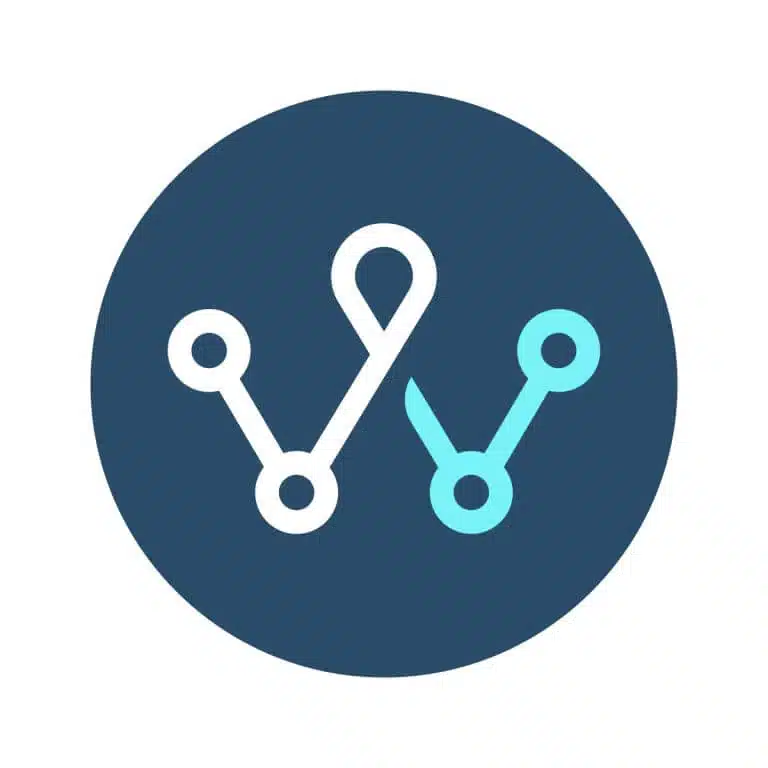Authored by: Jeff Hansen, Lead CMS Architect
In the evolving landscape of modern workplace technology, we are witnessing a significant shift in how we approach digital infrastructure. A key example of this is the term “intranet”, a word that perhaps feels archaic in today’s vibrant and interactive technological ecosystem. As we strive to create more engaging, immersive, and user-friendly environments, a new concept has surfaced to replace the idea of an intranet – the “Digital Workplace”.
Why is this shift important? Let’s explore this in detail.
First, it is essential to understand the inherent limitations associated with the term “intranet”. Traditionally, intranets were internal networks used primarily for document storage and communication, often lacking in versatility and interactive capacity. However, the nature of work has changed drastically over the years, with workplaces becoming more digitized, agile, and employee-focused. The static, one-dimensional nature of traditional intranets simply does not meet the dynamic needs of today’s employees.
Enter the Digital Workplace, a holistic and immersive ecosystem of platforms tailored to create a comprehensive and engaging work environment. The Digital Workplace not only provides the functionality of traditional intranets, but also incorporates more personalized, interactive, and multifaceted features that offer a seamless user experience. They act as one-stop-shops, addressing all aspects of an employee’s work life, including communication, collaboration, task management, learning, and well-being.
We can witness this shift vividly within Microsoft’s ecosystem of employee experience platforms. Microsoft, a pioneer in workplace technology, has gradually moved away from using SharePoint as a standalone intranet solution. Instead, they have developed a suite of complementary technologies like Power Apps, Teams, Viva, and more, creating an interconnected digital environment for employees.
Power Apps, for instance, allows users to build custom applications to solve specific business challenges, offering an enhanced level of versatility and customization. This evolution transforms the static intranet into a dynamic, personalized Digital Workplace.
Microsoft’s move towards this approach validates the need for a paradigm shift from intranets to the Digital Workplace. The evolution from a simple, static document storage system to a dynamic, interactive ecosystem of platforms demonstrates a clear alignment with the changing needs and expectations of modern employees.
In conclusion, the term “intranet” might be facing sunset as the concept of the Digital Workplace takes the stage. It’s more than just a shift in terminology – it represents a fundamental transformation in how we envision and utilize digital workplaces. With pioneers like Microsoft leading the way, we can look forward to a future where work is increasingly integrated, personalized, and, above all, experience-driven.
Want to learn more about how WayPath can help you craft your Digital Workspace? Contact us.




